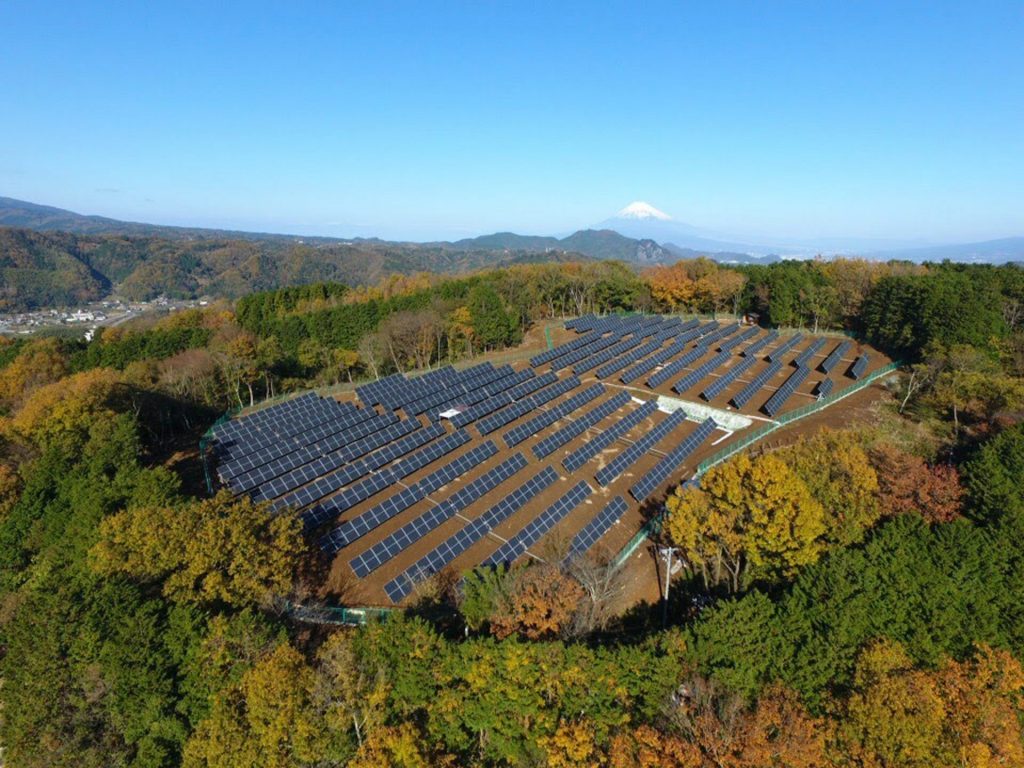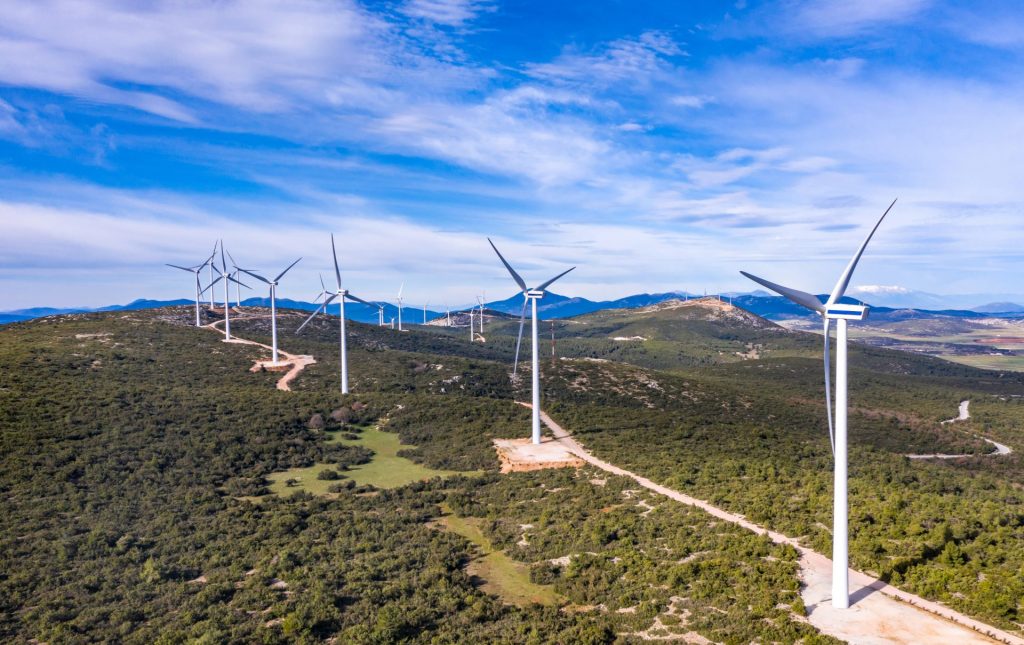[Article 2] What Operators Needs to Know About BESS Information Gaps
This article is article two of a seven-part series on energy storage systems where we explore the questions we should be asking, the assumptions we should be validating and the things we should be monitoring to ensure the successful deployment of this important new asset class.
In last week’s article on energy storage, we discussed the kinds of information operations and asset management leaders in the industry need to successfully manage the operational performance of this new asset class. This week’s article will focus on the information gaps that operators are dealing with as they operate and maintain battery energy storage systems (BESS) and what can be done to close those gaps.
I would like to acknowledge Michael Eyman, Josh Corbitt of Origis Services and Ken Kim of Origis Energy for their expertise and contributions in writing this article. Origis is a leader in operating and maintaining solar and energy storage systems throughout North America.
What are BESS Maintenance Requirements?
It should come as no surprise that there is little published information available for the maintenance requirements of the BESS asset class and that industry standards are just starting to emerge. Energy storage systems are a relatively new asset class, and the industry is very dependent on original equipment manufacturers (OEMs) for information related to required maintenance tasks and frequencies.
Because the asset class has so little operating history, OEMs must use engineering judgment, accelerated life testing and reliability tools like Weibull Analysis to predict equipment life and failure rates. The shortfall of all these methods is they are based on physical and statistical models, not real-world operating results. Also, OEMs have equipment warranty risk, which may include liquidated damages, so they tend to use conservative maintenance work scope and frequency assumptions.
With so many operational unknowns, manufacturers and system integrators are quoting widely different maintenance requirements to operators for essentially the same technology.
Maintenance Scope Variations
BESS operators report that the maintenance scope of services and OEM manual maintenance requirements vary considerably for the lithium-ion BESS asset class. This, even though battery energy storage systems are mostly comprised of the following 6 basic building blocks:
- The enclosure and thermal management system
- The battery modules
- The battery management system (BMS)
- The energy management system (EMS)
- The power conditioning system (PCS)
- The fire detection and suppression system
It should be noted that some storage systems supplied are being supplied with gas detection systems; however, if gas is detected in the system, thermal runaway may have already occurred so it is questionable about how valuable these systems really are.
Given the similarity of equipment scope for all BESS, you would think that the maintenance requirements from OEMs and system integrators would be similar. This is not the case. Some OEMs/integrators require semi-annual inspections and maintenance tasks be performed; others require annual. Some allow operators to provide in-warranty repairs; others reserve that work for themselves. Some say little maintenance is needed; others that many tasks should be performed.
Typical BESS maintenance activities include:
- Component and system inspections
- Thermal management system maintenance, including changing/cleaning of filters if not a liquid-cooled system
- Annual capacity and efficiency testing
- Thermal scans
- Converter inspections and maintenance
- Part replacements
- Firmware updates
Solar power operators are particularly well-suited for BESS maintenance as many of the tasks are similar to those for maintaining solar power equipment. In discussion with operators, the biggest questions they have about scope are:

- What are the real maintenance tasks and intervals required?
- Can they be synchronized with the solar or wind power maintenance frequencies for hybrid systems?
- Can calendar-based maintenance be transitioned to a condition-based maintenance program?
The answer to all these questions come from real-world operating experience and data. To transition from arbitrary and inefficient calendar-based maintenance to maintenance based on the actual condition of the equipment, analytics from monitoring systems will need to be compiled to derive more economic maintenance schedules and programs.
Maintenance Costs Variations
Along with the discrepancies in scope, operators also reported that proposals submitted by BESS vendors contain a large variance in pricing for essentially the same maintenance requirements. Price variation was all over the map, sometimes varying by as much as 100% for apparently the same service.
Though market pricing for BESS field service maintenance runs about 3-5% per year of the total project costs, it is hard to get a firm handle on what actual O&M costs are. Some integrators allocate periodic power augmentation costs to a separate category, others include some or all of it in project operating costs (OPEX).
The reason for the large variation in O&M pricing seems to be due not only to the uncertainty around what it really costs to operate and maintain an energy storage system, but also in the “pricing strategy” of the vendors. By shifting costs from CAPEX to OPEX to long-term power augmentation costs, vendors can make their installation cost numbers appear more competitive. Like the solar and wind industry, an energy storage levelized cost of energy (LCOE) metric is needed to provide a true apples-to-apples comparison of project lifecycle costs.

So, what are the real costs of operating a BESS? Like its wind and solar predecessors, the true cost of energy storage O&M will only be known as the asset class matures, infant mortality issues are worked out by manufacturers, regulators send clear signals about what constitutes safe and reliable operation and historical operating data tells the full story.
If wind and solar projects are good indicators, initial forecasts from developers are optimistic. There will be an uptick or two to achieve safety and reliability targets, then costs will stabilize and mirror storage manufacturing costs. What owners and operators can do now is carefully track actual labor, material costs and battery replenishment costs using a good work order system and then feed that historical data back into performance models as better data informs the industry.
What are BESS Operational Requirements?
If BESS maintenance practices are straightforward, the operational requirements of the asset class are anything but simple. In fact, compared to the typical solar power system, energy storage systems are operationally complex, and risk abounds if the operating functions of a storage system are not managed properly.
BESS operational requirements fall into five categories:
- Monitoring the warranty and performance guarantees
- Monitoring day-to-day performance and operations
- Periodic capacity and efficiency testing
- Responding to system emergencies, and
- Dispatching the unit into the market
Each of these activities involve the collection, processing and analysis of large volumes of operating data. While this could be said for any energy production asset class, the BESS asset presents some new challenges for operators that need to be understood and managed. Warranty management of BESS assets puts the onus of proof for operating within the warranty specifications squarely on the owner, and, therefore, indirectly on the owner’s O&M agent, the operator.
Let’s review the warranty administration requirements of the typical battery storage system.
How Do I Manage the Warranties and Guarantees?
Industry standard warranties for lithium-ion batteries include two years of coverage for performance and product defects. Length of warranties depends on the risk profile of asset owner and its financial partners.

In some cases, extended warranties are bundled with performance guarantees or a necessity of performance guarantees. Extended warranties and performance guarantees of 10 years are often sufficient for financial institutions for proven Tier 1 battery vendors. For the others, full term coverage—if the parent company has a large balance sheet—or insurance will be required for financing.
How to best use warranties and the performance guarantees that accompany them needs to be carefully considered given the rapid technological improvement and price reductions of batteries. Most battery vendors now extend their guarantees beyond 10 years. But these guarantees are specific to the use case.
For example, typically, battery vendors will warranty their battery to 60% of its original capacity. How long it takes for the battery to degrade to 60% of its original capacity depends on how it is used. As long as battery capacity stay above the 60%, most battery companies will warranty the battery up to 20 years.
Developers, owners, and financiers will likely have a different view of how to best use performance guarantees based on their risk tolerance. Is it better to pay for guarantees (insurance) up front, use some portion of that money in a warranty reserve fund, or go without the extra insurance over the life of the project? Only the future will tell, but I suspect some large owners will take the additional risk on their balance sheet and forgo paying for extended warranties.
BESS performance warranties (or guarantees) are creating a whole new set of monitoring and data collection requirements for the operator that exceeds the requirements of the solar and wind power asset class. BESS performance warranties typically include guaranteeing the long-term capacity and availability of the system and may also include the system’s energy output, degradation rate and round-trip efficiency.

However, unlike a typical utility-scale solar power system where the operating regime has little impact on the maintenance of the warranty, the battery storage system warranty comes with a set of strict operating parameters that the operator must follow.
The warranty “operating envelope” typically specifies limits on the system operating temperature, state of charge (SOC), rate of charge/ discharge (C-rates) and cycles (charges/discharges per month and/or year). The operator is responsible for demonstrating with data that these operating parameters are never exceeded. Manufacturers require operators to collect and maintain operating data as evidence with a sample frequency of not less than every 15 minutes for the life of the contract. If they cannot, the warranty terms could be violated and the warranty voided, leaving the owner exposed.
The problem of warranty administration is further complicated by the fact that the operator is usually not responsible for dispatching the unit. BESS dispatch (scheduling the charge, discharge, ramp rate and cycling of the battery) is the responsibility of the scheduling coordinator (SC), which is often the asset manager, off-taker, or a 3rd party qualified scheduling entity (QSE).
Careful data collection, processing, analysis, storage and coordination with the SC is critical to avoid voiding the warranty and seriously compromising the economic life of the asset. Warranty administration and the preparation of warranty claims by the operator for the BESS asset class is arguably more complicated than for all other assets in the renewable energy asset class.
Summary
The BESS asset class introduces a whole new set of data collection, monitoring, operation and warranty administration requirements that operators must manage. We believe energy storage system operators need to be equipped with a new set of skills, data and information tools to effectively manage and de-risk this asset class. Without the timely supply and use of this critical information, risk of project underperformance is high.
In the next article on BESS O&M, we will discuss with operators what kinds of tools and information they are asking for to help manage the long-term performance of this new generation of energy storge systems. Articles 4 and 5 will focus on similar needs for the BESS asset manager.
As always, your feedback is appreciated.
- Steve Hanawalt is Executive Vice President and Founder of Power Factors, LLC, shanawalt@pfdrive.com
- Michael Eyman is Managing Director, Origis Services, Michael.Eyman@origisservices.com
- Josh Corbitt is Director of Business Development, Origis Services, Josh.Corbitt@origisservices.com
- Ken Kim is Head of Technology and Equipment Procurement, Origis Energy, Kenneth.Kim@origisenergy.com
Steve Hanawalt is EVP and founder of Power Factors. For more articles like this, follow him on LinkedIn or check out the rest of our blog.
